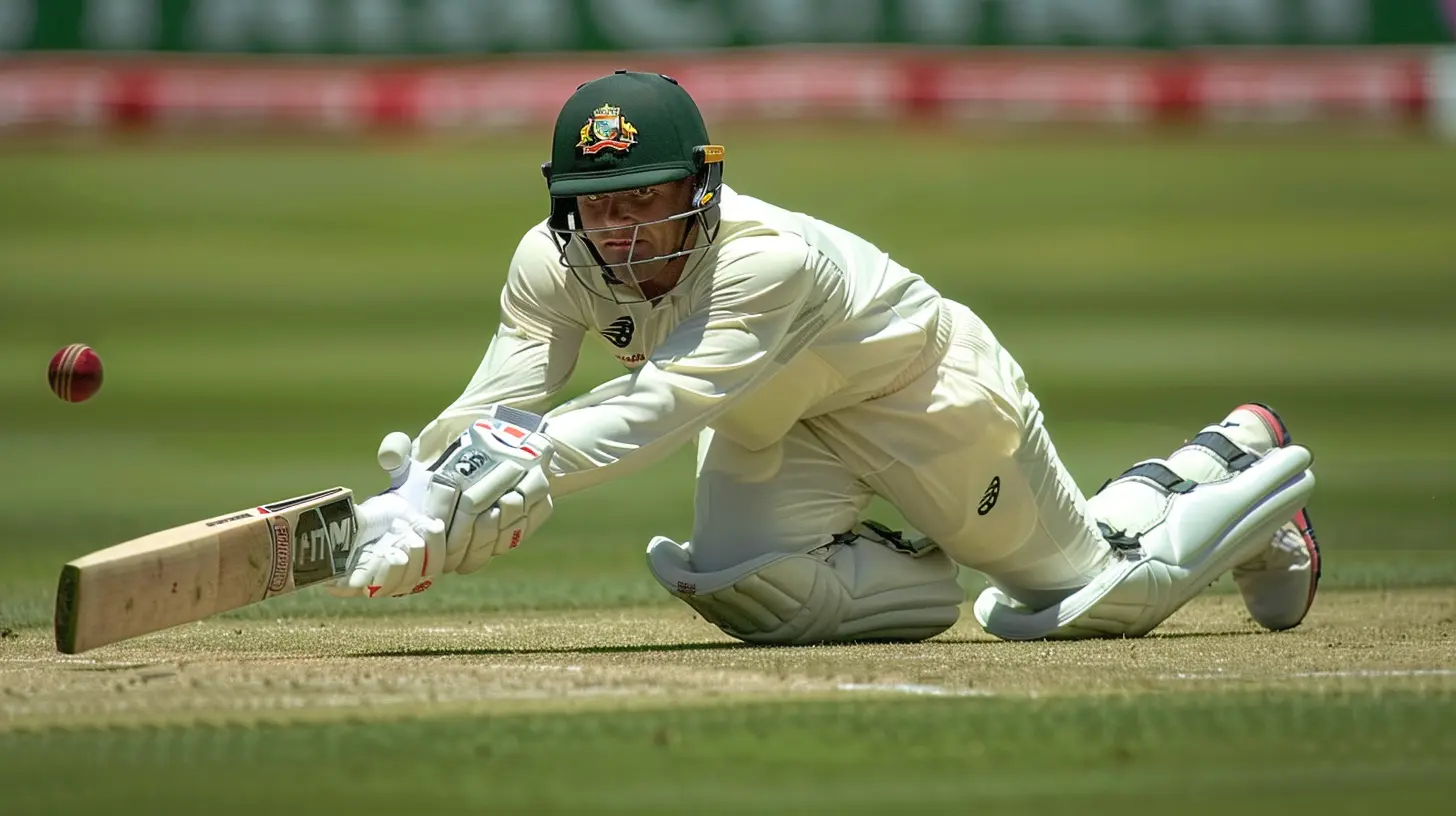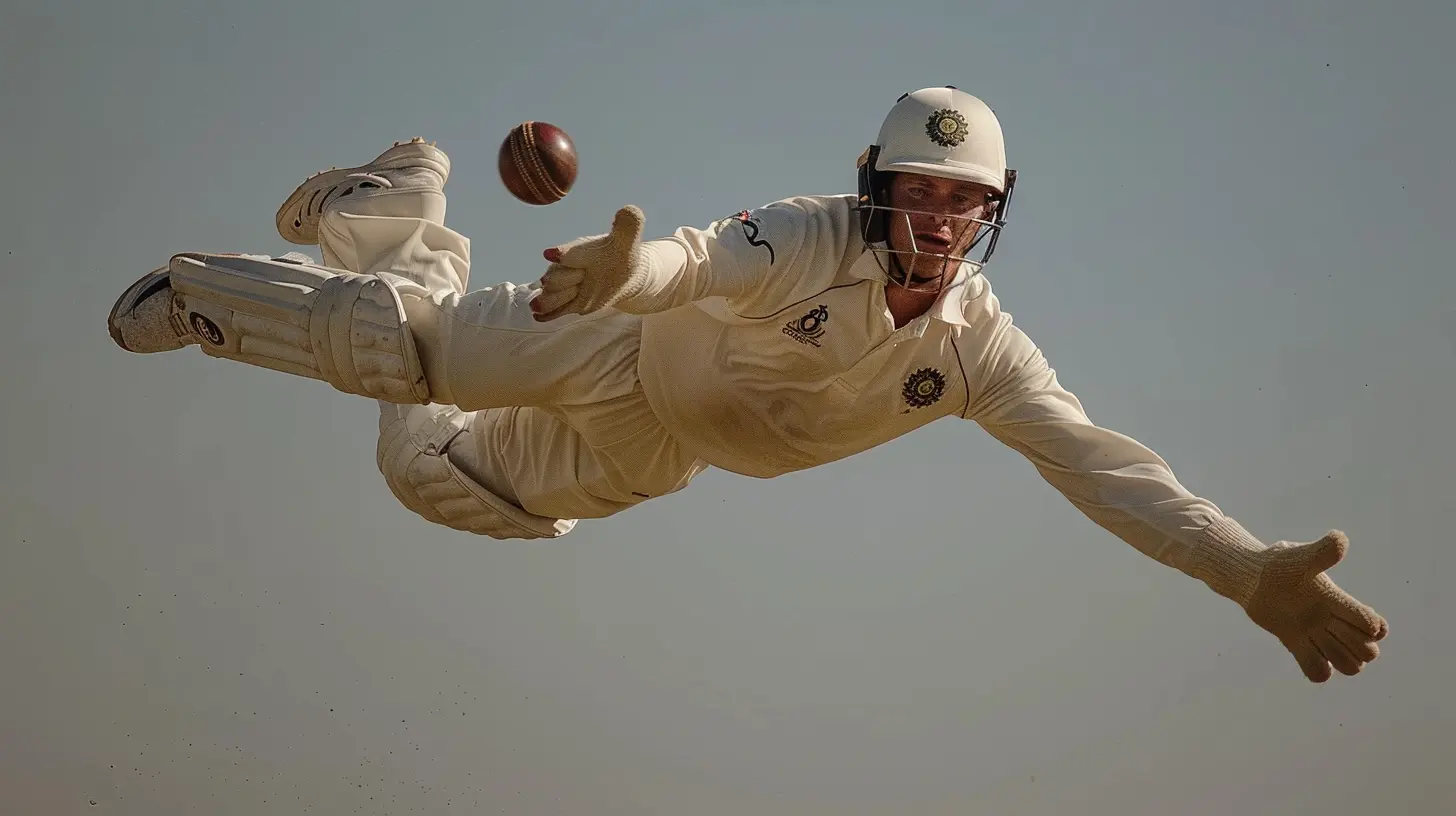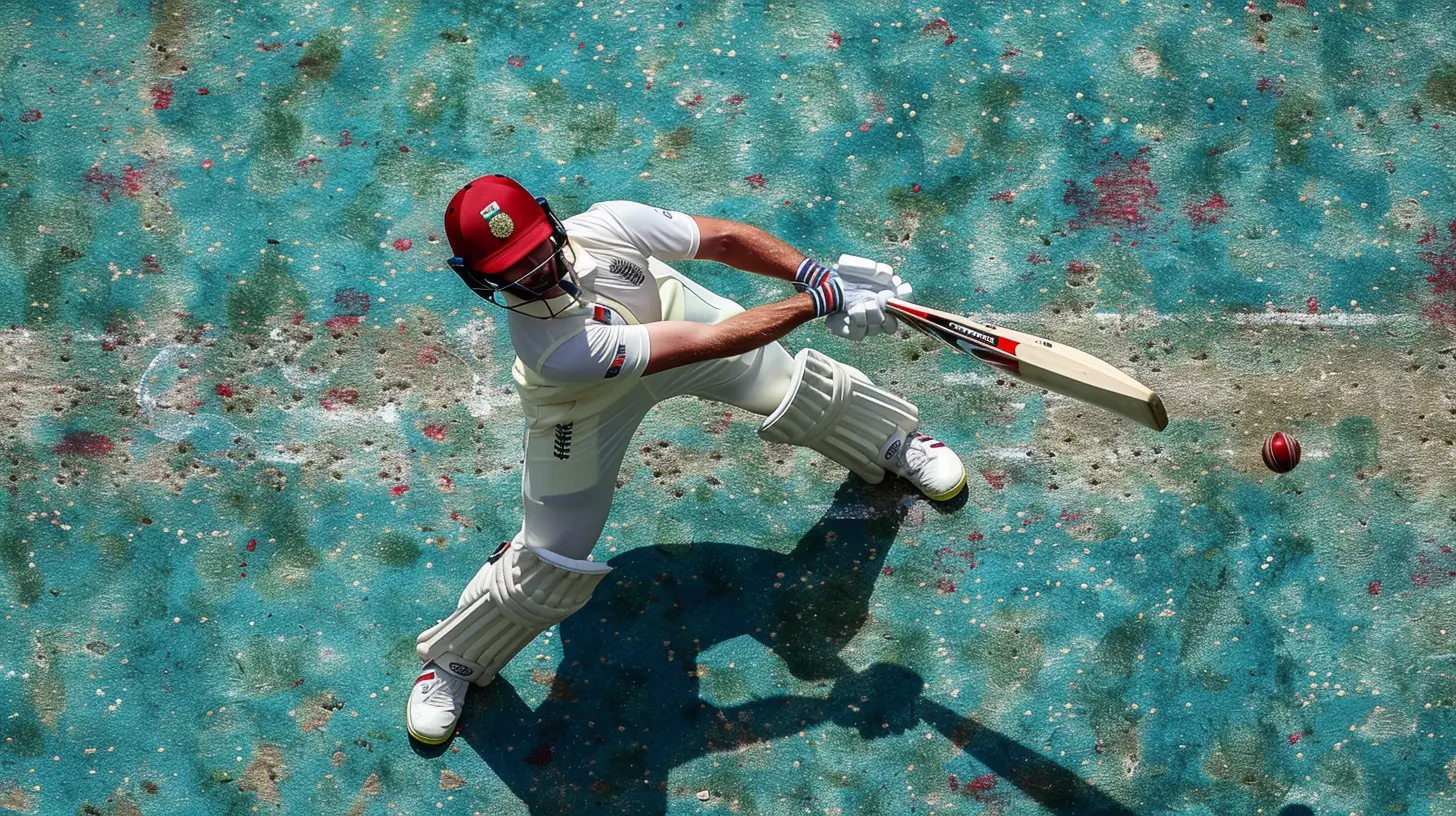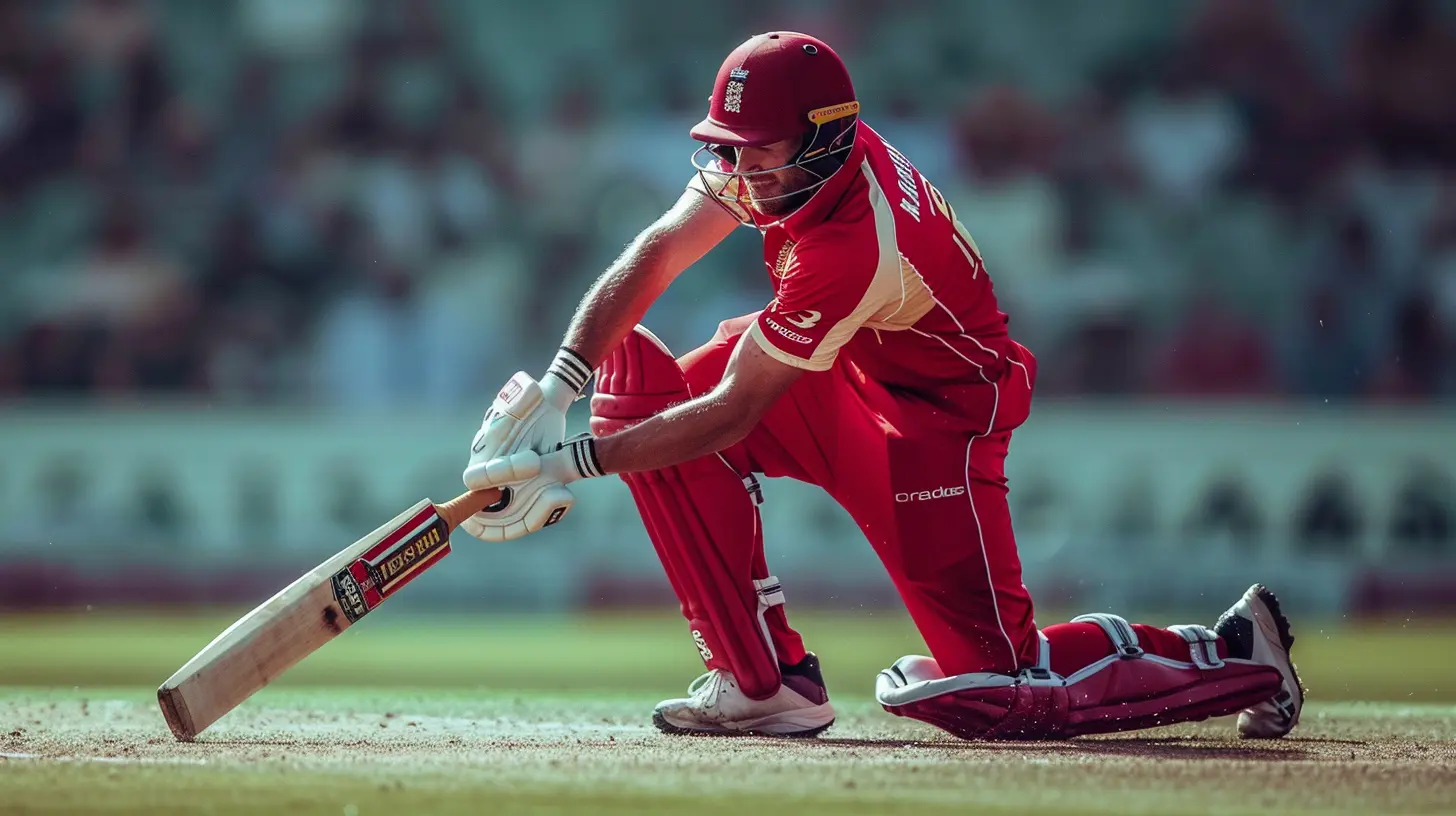Why Fielding is the Unsung Hero of Modern Cricket
2 July 2025
Cricket. A game of glorious centuries, booming sixes, toe-crushing yorkers, and... diving catches that make even cats question their reflexes.
Let's be honest for a second. When was the last time you jumped out of your couch because of a spectacular slide stop on the boundary? Probably never. Unless you're one of those cricket nerds who gets goosebumps when a fielder saves two runs with a dive so acrobatic it makes gymnasts take notes.
Fielding in cricket is like the bass player in a rock band — rarely in the limelight but absolutely vital. Without it, the whole thing falls apart. We’re all about flashy batters and fiery bowlers, but the guys (and gals) diving around in the dirt? They’re the real MVPs who often don’t get the applause they deserve.
So grab your metaphorical gloves, because we’re going to dive headfirst into exactly why fielding is the unsung hero of modern cricket.
The Shift: From “Bit of a Job” to Full-Time Art Form
Back in the golden age of cricket, fielding was more of a casual side hustle.“Oh, you bat and bowl? Great. Can you also, you know, stand somewhere and try not to drop the ball?”
Fast forward to today, and if you can’t dive like Superman or throw like a javelin champ, you’re probably warming the bench. Modern cricket has changed drastically. T20 has added rocket fuel to the game, and now every run saved is as good as a run scored. Gone are the days where you could be a brilliant batter but field like your arms are made of noodles and still keep your spot.
One-Handed Screamer > Textbook Cover Drive?
Let’s put this to the test. Picture a silky-smooth cover drive. Gorgeous, right? Now imagine someone flying horizontally mid-air and plucking a ball from thin air with one hand. You didn't just picture it, did you? You felt it in your soul.Those catches stick with you. They’re on repeat on Instagram reels, they make it to the highlight packages, and they get people yelling “WHAT A CATCH!” at 2 AM in their living rooms.
Let’s face it — a great catch can flip an entire match on its head. A dropped one? Test cricket will hate you for generations. We remember Herschelle Gibbs dropping Steve Waugh in the '99 World Cup like it happened yesterday. Fielding matters. Like, really matters.
The Rise of the Athletic Cricketer
Cricket players used to look like your uncle Bob after Sunday lunch. Not anymore.Modern cricketers are sculpted like Greek gods, and it’s not just for the beach. Fielding has turned into a domain that requires agility, stamina, and spidey-sense awareness. You need to sprint like Usain Bolt, dive like David Warner (don’t roll your eyes, he’s a gun fielder), and have a cannon for an arm.
Teams now have fielding coaches. FIELDING COACHES. That alone should tell you how seriously they take this stuff. Drills are ridiculous — throwing at stumps from every absurd angle, catching balls that are literally launched from machines at warp speed. You need to be half-athlete, half-ninja.
T20 Cricket: Fielders’ Time to Shine
T20 cricket turned fielding from a fancy accessory into a legitimate weapon.Remember AB de Villiers flying in the deep? Or Ravindra Jadeja rocketing throws while already mid-air? Or Nicholas Pooran doing contortionist moves on the boundary rope like he's auditioning for Cirque du Soleil?
In T20s, fielders aren't just helping the bowlers — they're bailing them out. Give up 200? No problem if your fielders save 15 runs and snatch two blinders at the rope. That’s the difference between a defeat and a last-ball thriller.
Saving singles, cutting off boundaries, and most importantly converting half-chances — that’s the name of the fielding game. And in a format where every run counts, good fielding is like having a cheat code.
Fielding Wins Matches
No, seriously. It does.Let’s break it down:
- A run-out at a crucial time? Boom, momentum shift.
- A diving save that cuts off a boundary? That’s 3 runs saved. That’s 3 runs less your batter needs to score later.
- An impossible catch? Match turned on its head, fans losing their minds, commentators losing their voices.
Ask Jonty Rhodes. He didn’t just field — the man invented a new personality trait called “Jonty-ing.” Fielding wins matches, saves reputations, and in some cases, creates legends.
The Psychology of Fielding – Energy That Infects the Team
Have you ever watched a team buzzing in the field? They clap, they cheer, they look like they had Red Bull for breakfast. It’s intimidating. That energy is contagious. It's mental warfare served with a side of somersaults.And now imagine fielding like a potato. Balls going through legs, slow returns to the keeper, dropped catches. Even if your bowlers are on fire, the energy drains out of the team like a punctured tire.
Great fielding lifts everyone. It tells your opposition, “You better run like the devil, because we’re not giving you freebies.” It builds pressure. And in cricket, pressure creates wickets.
Players Whose Careers Were Built on Fielding
Some players made a living off fielding. Okay, maybe not entirely, but you get the idea.- Jonty Rhodes – The OG fielding GOAT. That 1992 run-out? That’s still playing in slow-mo in every cricket fan’s head.
- Paul Collingwood – A human vacuum cleaner in the field. You hit it his way? RIP, your hopes.
- Ravindra Jadeja – If he’s lurking close to the stumps or out in the deep, just run singles. Don’t get cute.
- Glenn Maxwell – He doesn’t just whack sixes; he pulls off fielding stunts better than Hollywood.
- AB de Villiers – Mister “Everywhere at Once.” You literally couldn’t hit past him.
These players turned fielding into their calling card. When they were on the field, you knew something ridiculous could happen at any moment.
Fewer Chances, Bigger Impact
Look, batters have 100+ balls sometimes to strut their stuff. Bowlers get four to ten overs to make an impression. Fielders? They get maybe 3-4 real chances. That means when the moment comes, a fielder has to go from 0 to 100 real quick.It's like being an understudy in a Broadway play — you might only get one shot, but if you nail it, you're a star.
Fielding is high-pressure. There’s no warm-up. No “I’ll get them in the next over.” You either catch it, or people will meme you forever.
You Don’t Need a Bat or Ball to Be a Game Changer
That’s the magic of fielding. It needs no equipment — only guts, instincts, and a willingness to eat dirt for your team.The beauty of it? You don’t need to be a bowler or a batter to win matches. You just need a glove, a knee brace, and a borderline reckless abandonment of self-preservation.
You can be the hero without holding the bat or the ball. A run-out from the boundary, a catch diving into the crowd, a last-second boundary flick — you become a legend on the field, without padding up or steaming in from the boundary line.
Fielding in Numbers — Stats That Make You Blink
If you’re the stats type, don’t worry, I got you.- In T20 cricket, saving just 10-12 runs a game through athletic fielding can swing a win.
- Fielding directly contributes to over 30% of total dismissals in shorter formats.
- One dropped catch can increase a batter’s strike rate by 30-40. Yikes.
Numbers never lie, and fielding stats are finally starting to get the respect they deserve. Analysts are now crunching “runs saved,” “direct hit percentage,” and “reaction times” to assess players. It’s not just about how many you can hit or how fast you bowl. It’s how well you can stop and snag a cricket ball rocketing at 100 mph.
Final Thoughts: Respect the Dirt
Fielding isn’t glamorous. You don’t see players signing million-dollar deals just for catching balls or stopping singles. But damn, should they.Fielders work silently. Every bruise, every grass stain, every dive that ends in a mouth full of turf — all of it shapes the outcome of a game. The crowd might not remember who saved that two in the 17th over, but the team sure does.
So next time a fielder pulls off a miracle catch or saves a boundary like their life depends on it, clap a little harder. They’re the unsung heroes, the warriors without wickets, the game-changers who never bat or bowl.
Let’s give fielding its due. After all, it’s not just about playing on the field — it’s about owning it.
all images in this post were generated using AI tools
Category:
CricketAuthor:

Ruben McCloud
Discussion
rate this article
1 comments
Danica Harper
Fielding truly deserves more recognition in cricket. It requires immense skill, concentration, and teamwork, often overshadowed by batting and bowling highlights. Every catch and run-out not only changes the game but also inspires teammates. Here's to the unsung heroes who elevate the spirit of the sport!
July 8, 2025 at 2:56 AM

Ruben McCloud
Absolutely! Fielding is crucial to the game's dynamics and deserves much more recognition. Every catch and run-out can turn the tide, showcasing the skill and teamwork that elevate cricket as a whole. Here's to those unsung heroes!


